Home>Articles>What Causes Low Water Pressure In Only One Faucet?
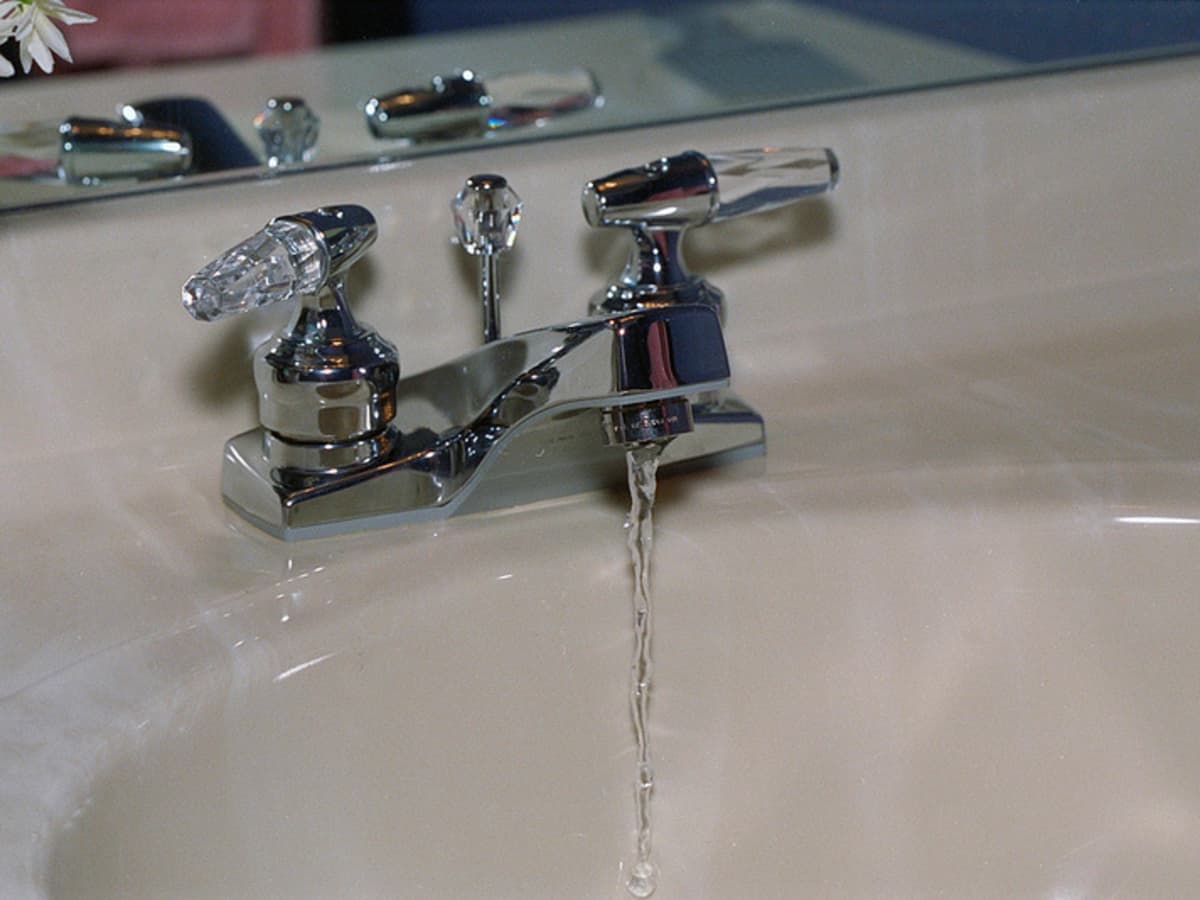

Articles
What Causes Low Water Pressure In Only One Faucet?
Modified: January 6, 2024
Discover the causes of low water pressure in just one faucet. Read our informative articles to find out what could be the reason behind this frustrating issue.
(Many of the links in this article redirect to a specific reviewed product. Your purchase of these products through affiliate links helps to generate commission for Storables.com, at no extra cost. Learn more)
Introduction
Low water pressure in only one faucet can be frustrating and inconvenient. Whether it’s in the bathroom or kitchen, a weak flow of water can disrupt your daily activities and make simple tasks like washing dishes or taking a shower a hassle. However, understanding the underlying causes of low water pressure in a single faucet can help you troubleshoot the issue and find a solution.
There are several common reasons why you may be experiencing low water pressure in only one faucet. It could be something as simple as a clogged aerator or a more complex problem like a valve or pipe issue. By identifying the cause, you can take steps to resolve the problem and restore the water pressure to its normal level.
In this article, we will discuss the most common causes of low water pressure in only one faucet and provide troubleshooting tips and solutions to help you fix the issue effectively.
Key Takeaways:
- Don’t let low water pressure in one faucet disrupt your daily routine. Troubleshoot common causes like clogged aerators and faulty valves to restore proper water flow and convenience.
- Understanding the underlying causes of low water pressure in a single faucet can empower you to take simple troubleshooting steps and potentially resolve the issue without professional assistance.
Read more: What Causes Low Side AC Pressure Too High
Common Causes of Low Water Pressure in Only One Faucet
When you notice low water pressure in just one faucet, there are a few common causes that could be contributing to the issue:
- Clogged Aerators: One of the most common causes of low water pressure in a single faucet is a clogged aerator. The aerator is a small mesh screen located at the end of the faucet spout. Over time, mineral deposits and sediment can build up and block the flow of water, resulting in reduced water pressure. Cleaning or replacing the aerator can often resolve this issue.
- Water Supply Issues: Another possible cause is a problem with the water supply. If there is a leak, blockage, or restriction in the water line leading to the affected faucet, it can result in low water pressure. Water supply issues may be caused by various factors such as corroded pipes, faulty valves, or issues with the municipal water supply system. Identifying and addressing the root cause of the water supply problem is essential for resolving the low water pressure issue.
- Valve or Pipe Problems: Faulty valves or damaged pipes can also contribute to low water pressure in a single faucet. If a valve supplying water to the faucet is partially closed or malfunctioning, it can restrict the flow of water. Additionally, damaged or deteriorating pipes can restrict water flow and result in reduced water pressure. Inspecting the valves and pipes for any issues can help identify and resolve this problem.
- Plumbing Fixture Malfunction: Lastly, a malfunction within the plumbing fixture itself can cause low water pressure. This could be a result of a faulty cartridge or internal components within the faucet. If the faucet is old or worn out, it may need to be repaired or replaced to restore proper water pressure.
By understanding these common causes, you can begin troubleshooting the low water pressure issue in your single faucet and work towards finding a solution. In the next section, we will explore some troubleshooting tips and solutions for resolving low water pressure in only one faucet.
Check for a clogged aerator or a partially closed shut-off valve. Clean the aerator and fully open the shut-off valve to restore water pressure. If the issue persists, there may be a problem with the faucet itself.
Troubleshooting and Solutions
When encountering low water pressure in only one faucet, there are several troubleshooting steps and solutions you can try before seeking professional assistance:
- Cleaning or Replacing the Aerator: Start by examining the aerator at the end of the faucet spout. If it appears dirty or clogged, you can remove it and clean it thoroughly using a brush and vinegar or a descaling agent. If cleaning doesn’t improve the water flow, consider replacing the aerator altogether.
- Checking Water Supply Connections: Ensure that the water supply connections to the faucet are fully open and not restricted. Sometimes, valves or shut-off handles may be only partially open, causing low water pressure. Verify that the connections are fully open to allow the maximum flow of water to the faucet.
- Inspecting Valves and Pipes: Examine the valves and pipes that supply water to the faucet. Make sure that all valves are fully open and not partially closed. Corroded or malfunctioning valves can restrict water flow, resulting in low pressure. If you notice any damaged or deteriorating pipes, they may need to be repaired or replaced to resolve the issue.
- Fixing or Replacing the Faucet: If the previous steps don’t resolve the low water pressure, it may indicate a problem with the faucet itself. Old or worn-out faucets may have internal components that are restricting water flow. In such cases, it may be necessary to repair or replace the faucet entirely to restore proper water pressure.
It’s important to note that if you are not comfortable or experienced in handling these troubleshooting steps, it is recommended to consult a professional plumber. They can accurately diagnose the issue and provide expert solutions to resolve the low water pressure problem.
By following these troubleshooting steps and implementing the relevant solutions, you can often improve the water pressure in a single faucet. However, if the problem persists or affects multiple faucets in your home, it may be a more complex issue and require professional intervention.
Conclusion
Experiencing low water pressure in only one faucet can be frustrating, but it’s important to identify the underlying cause to effectively address the issue. By understanding the common causes mentioned in this article, you can take the necessary troubleshooting steps and implement appropriate solutions to restore the water pressure in your faucet.
From clogged aerators to water supply issues, valve or pipe problems, and plumbing fixture malfunctions, there are various factors that can contribute to low water pressure in a single faucet. However, through proper diagnosis and troubleshooting, many of these issues can be resolved without the need for professional assistance.
By cleaning or replacing the aerator, checking water supply connections, inspecting valves and pipes, and fixing or replacing the faucet if necessary, you can often restore the proper water flow and alleviate the low water pressure problem.
However, it’s important to remember that if you are unsure or uncomfortable with the troubleshooting steps, it’s always best to consult a professional plumber. They have the expertise and tools to accurately diagnose and resolve any complex issues causing low water pressure.
Ultimately, resolving low water pressure in a single faucet requires patience and a systematic approach to identify and address the underlying causes. By following the troubleshooting tips and solutions provided in this article, you can improve the water pressure in your faucet and enjoy a normal flow of water once again.
Frequently Asked Questions about What Causes Low Water Pressure In Only One Faucet?
Was this page helpful?
At Storables.com, we guarantee accurate and reliable information. Our content, validated by Expert Board Contributors, is crafted following stringent Editorial Policies. We're committed to providing you with well-researched, expert-backed insights for all your informational needs.
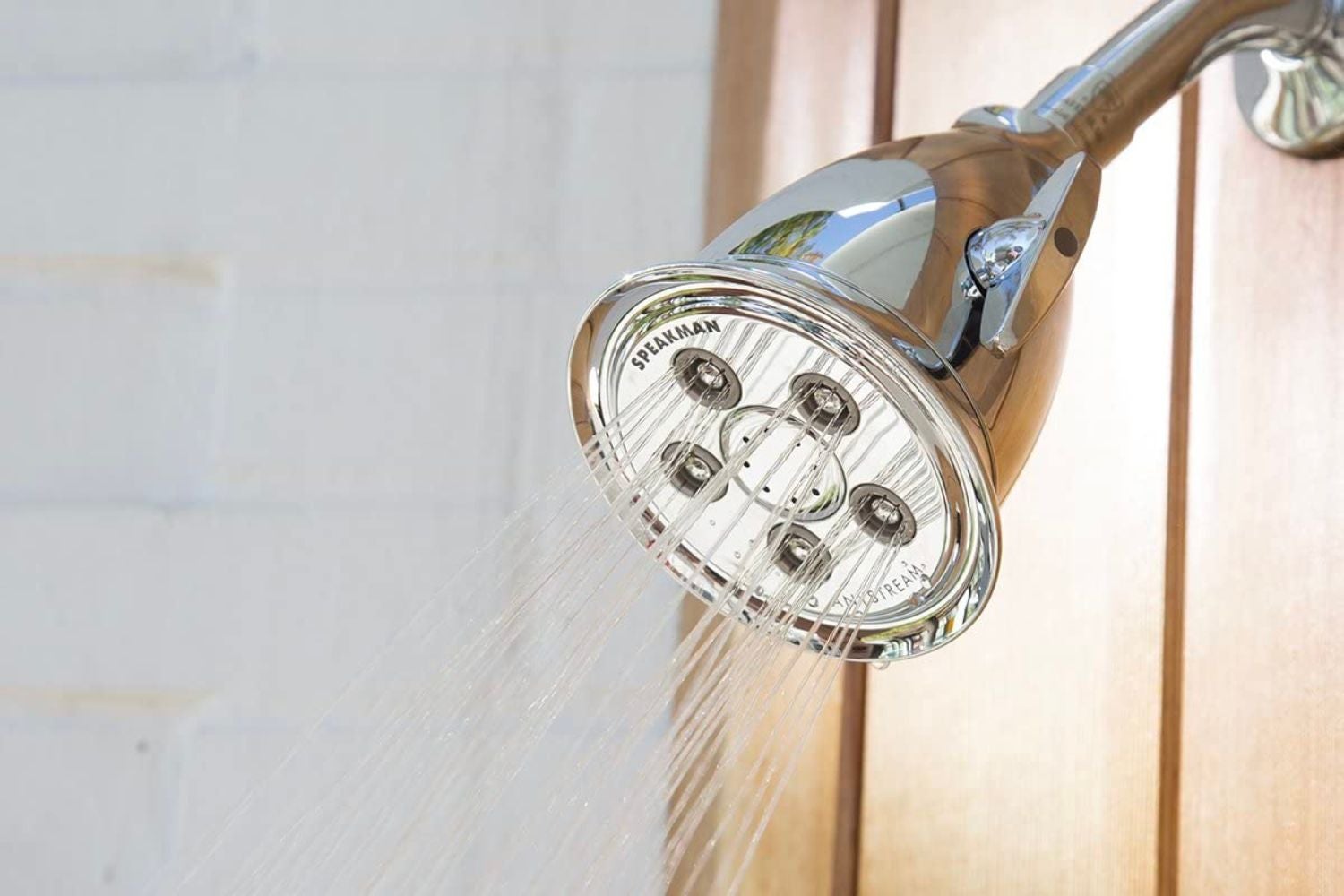
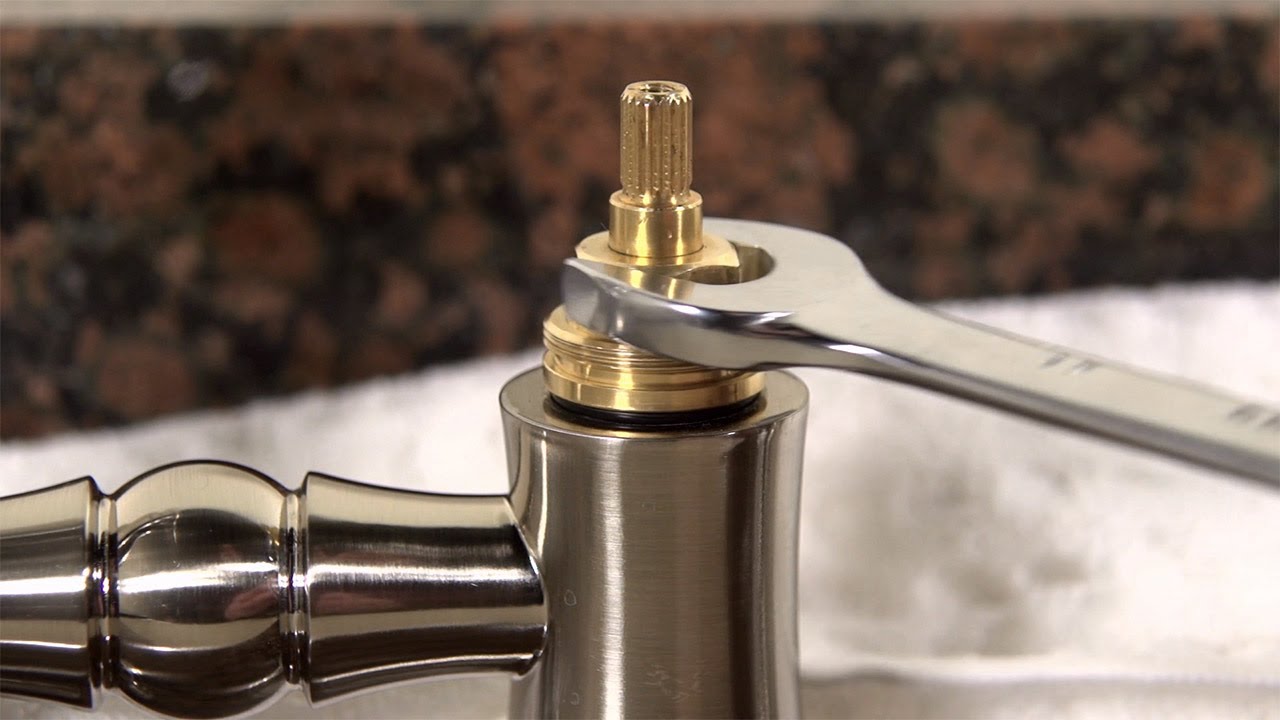
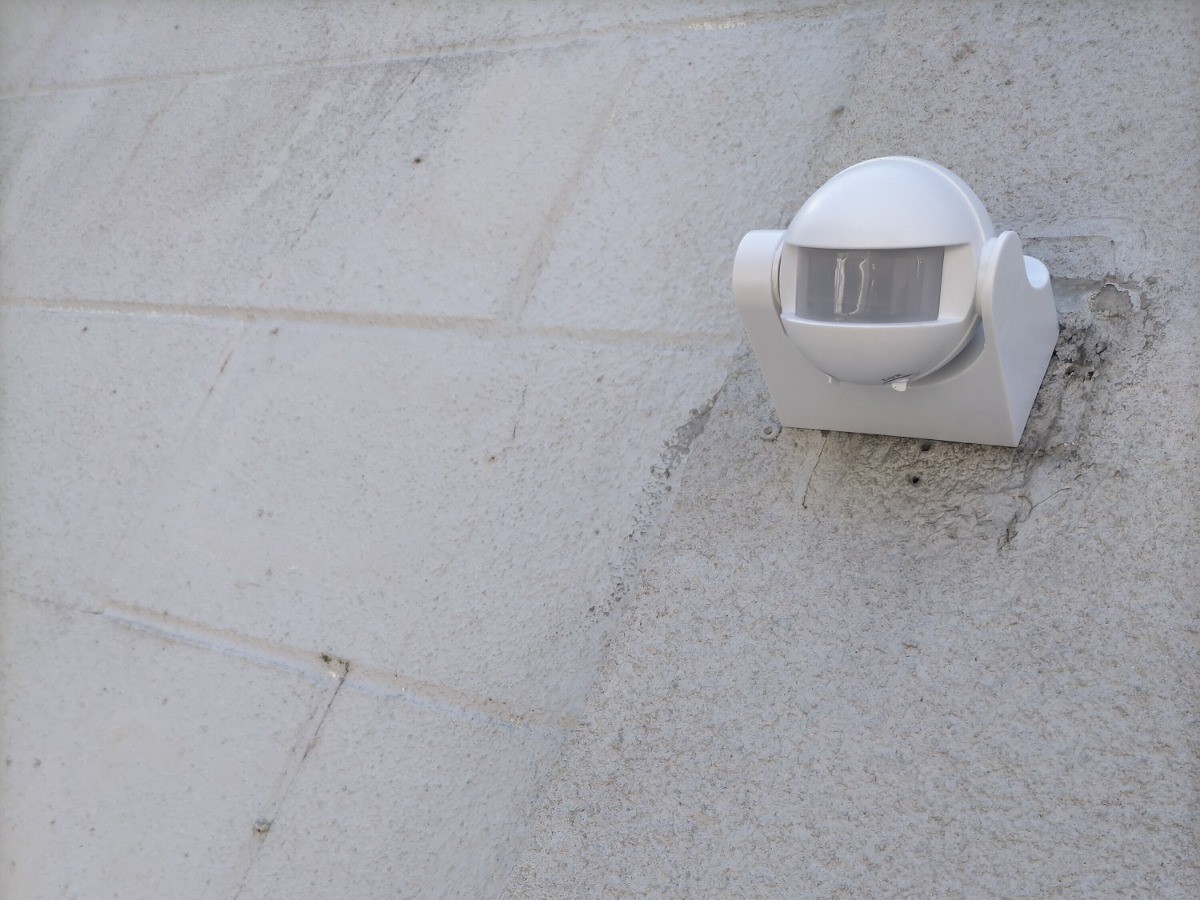
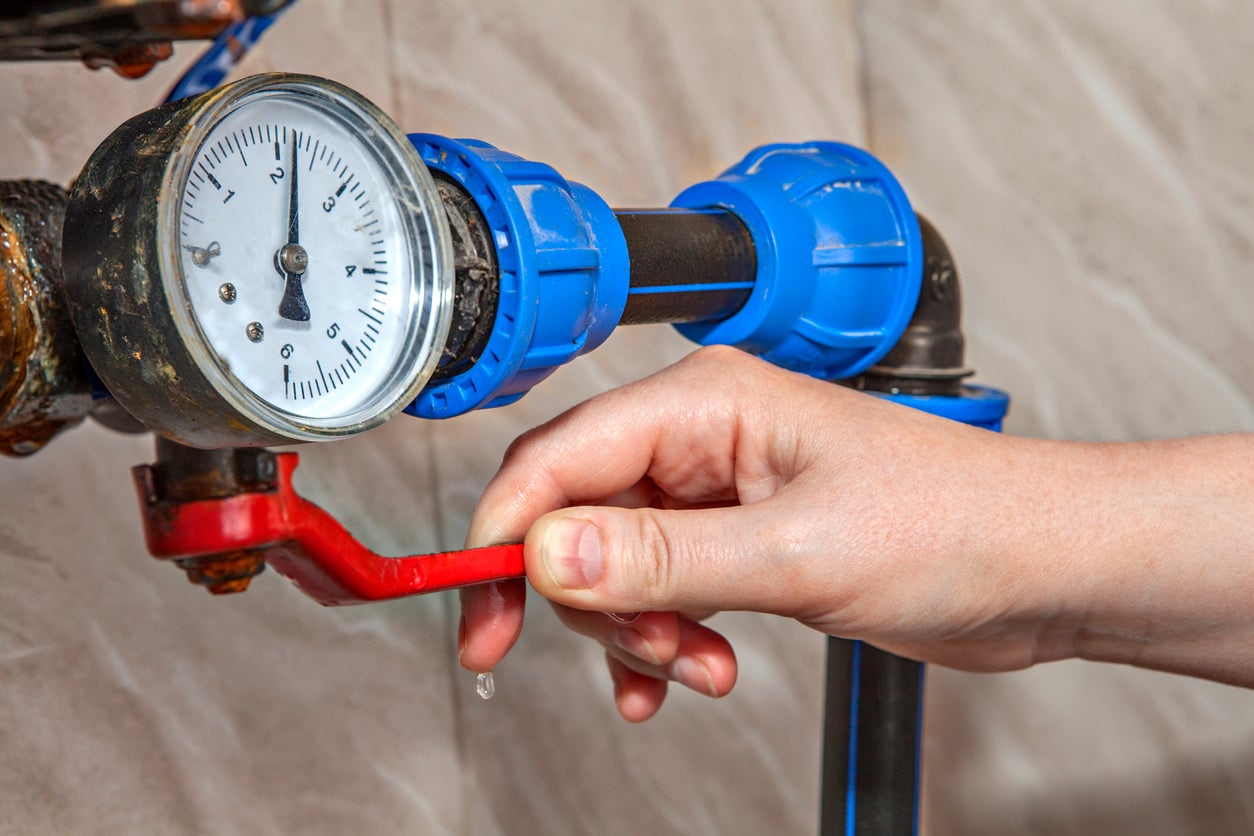
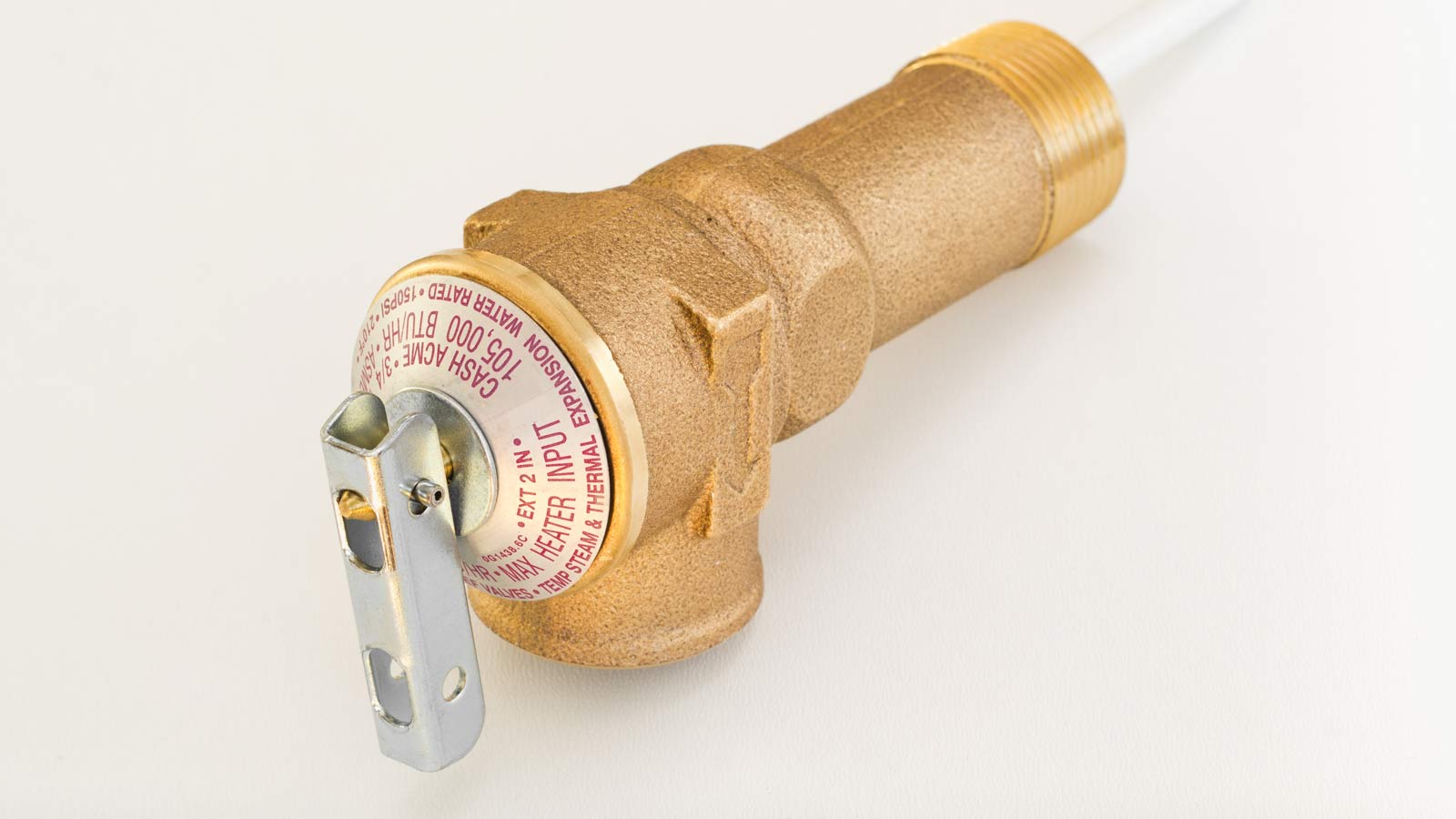
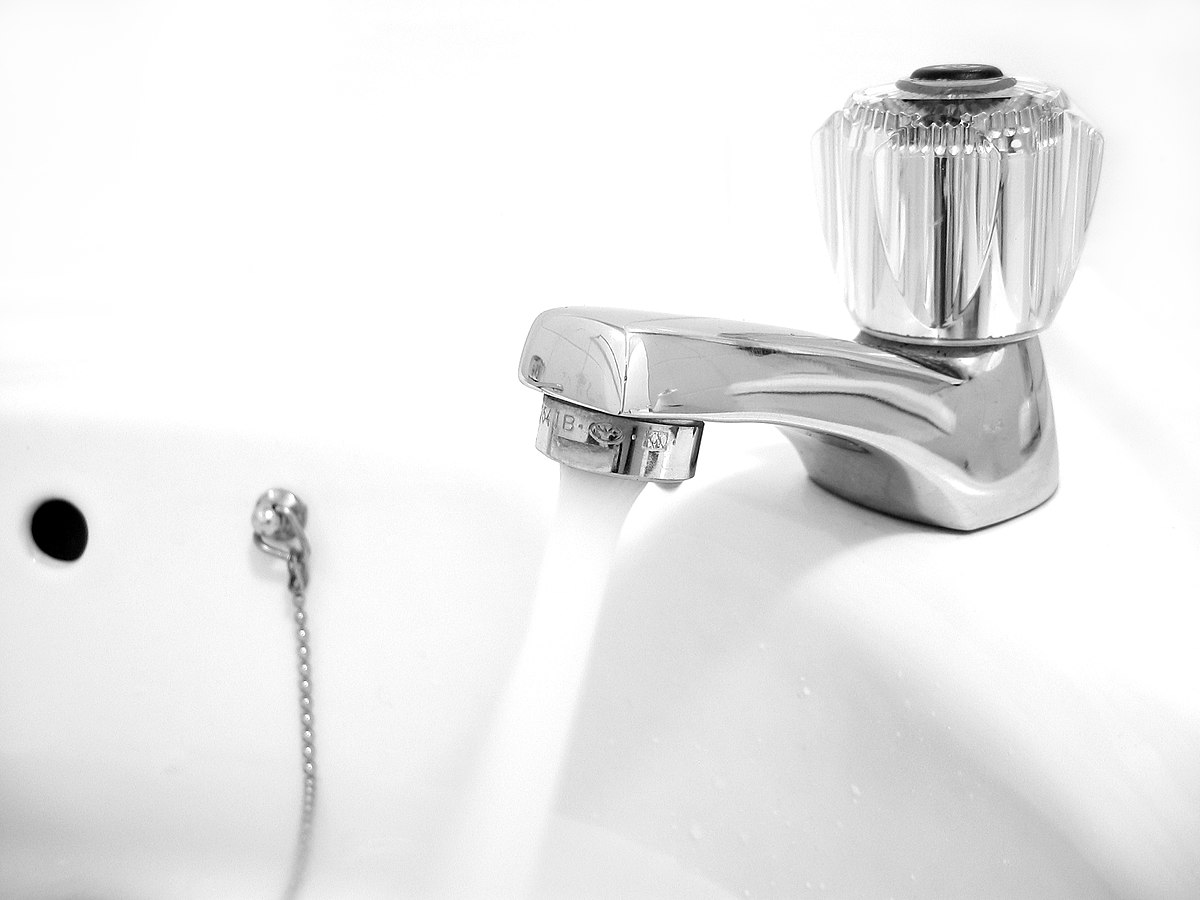

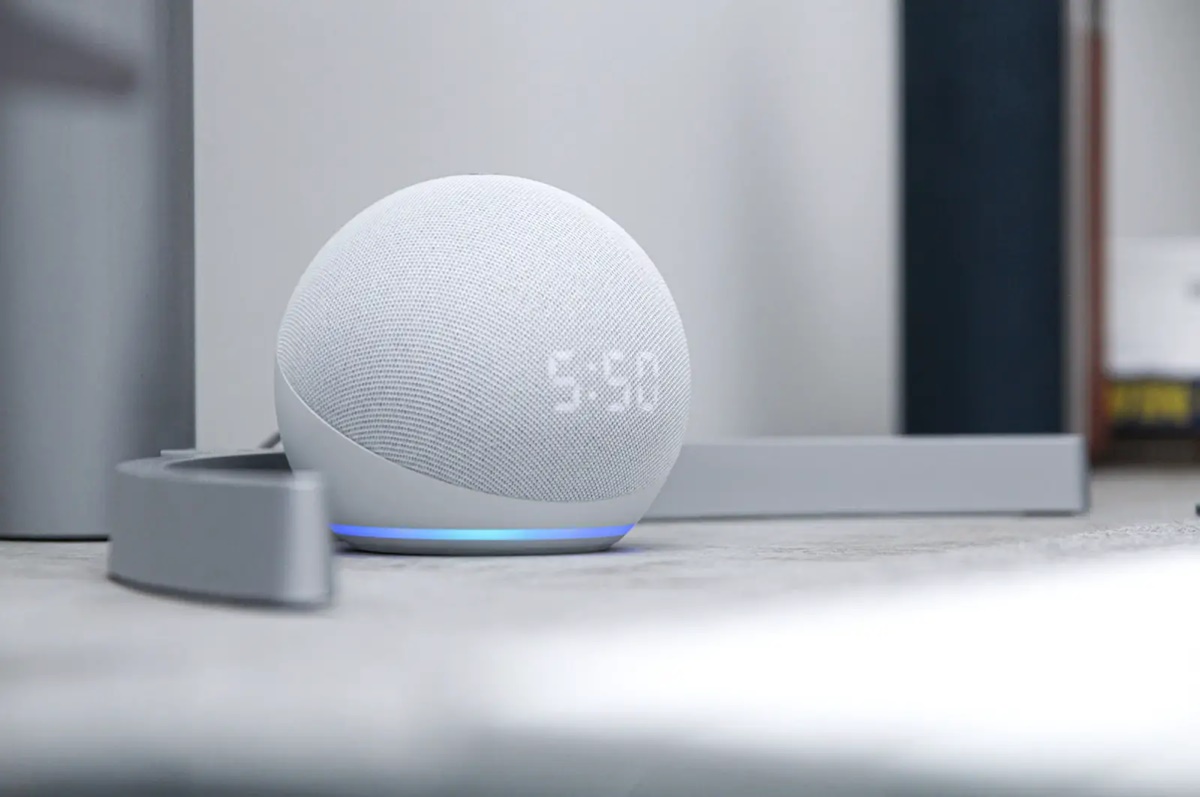
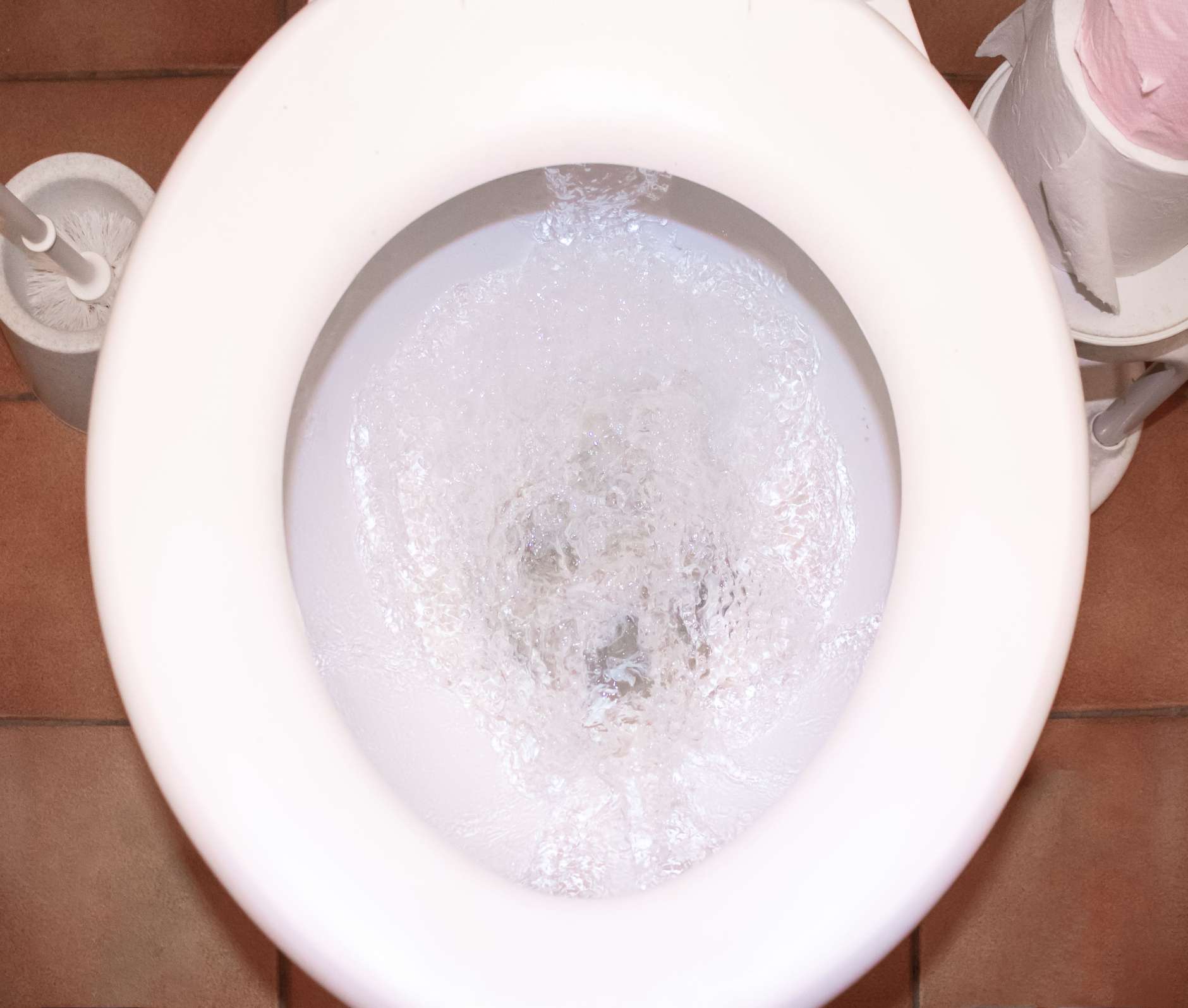
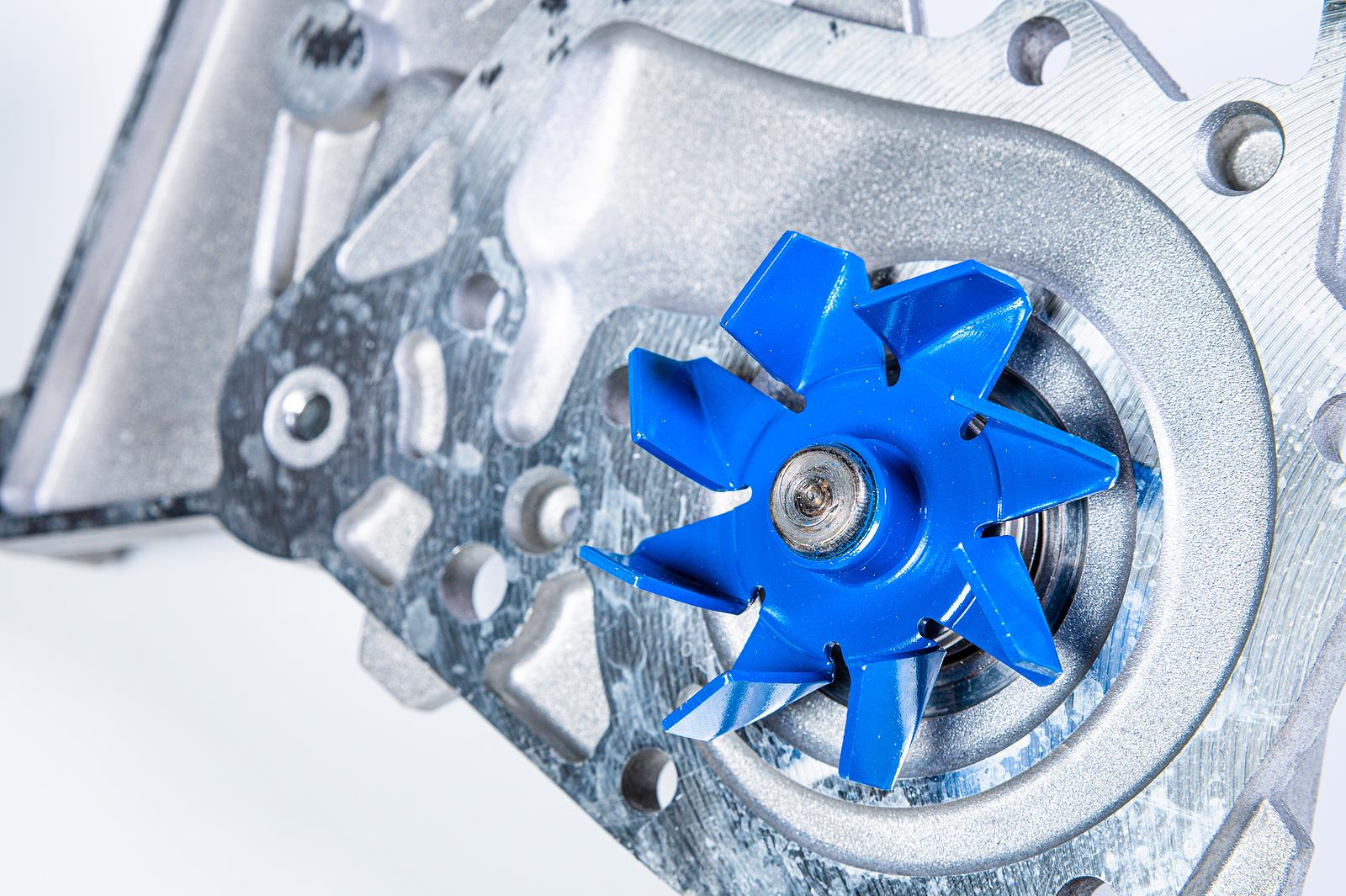
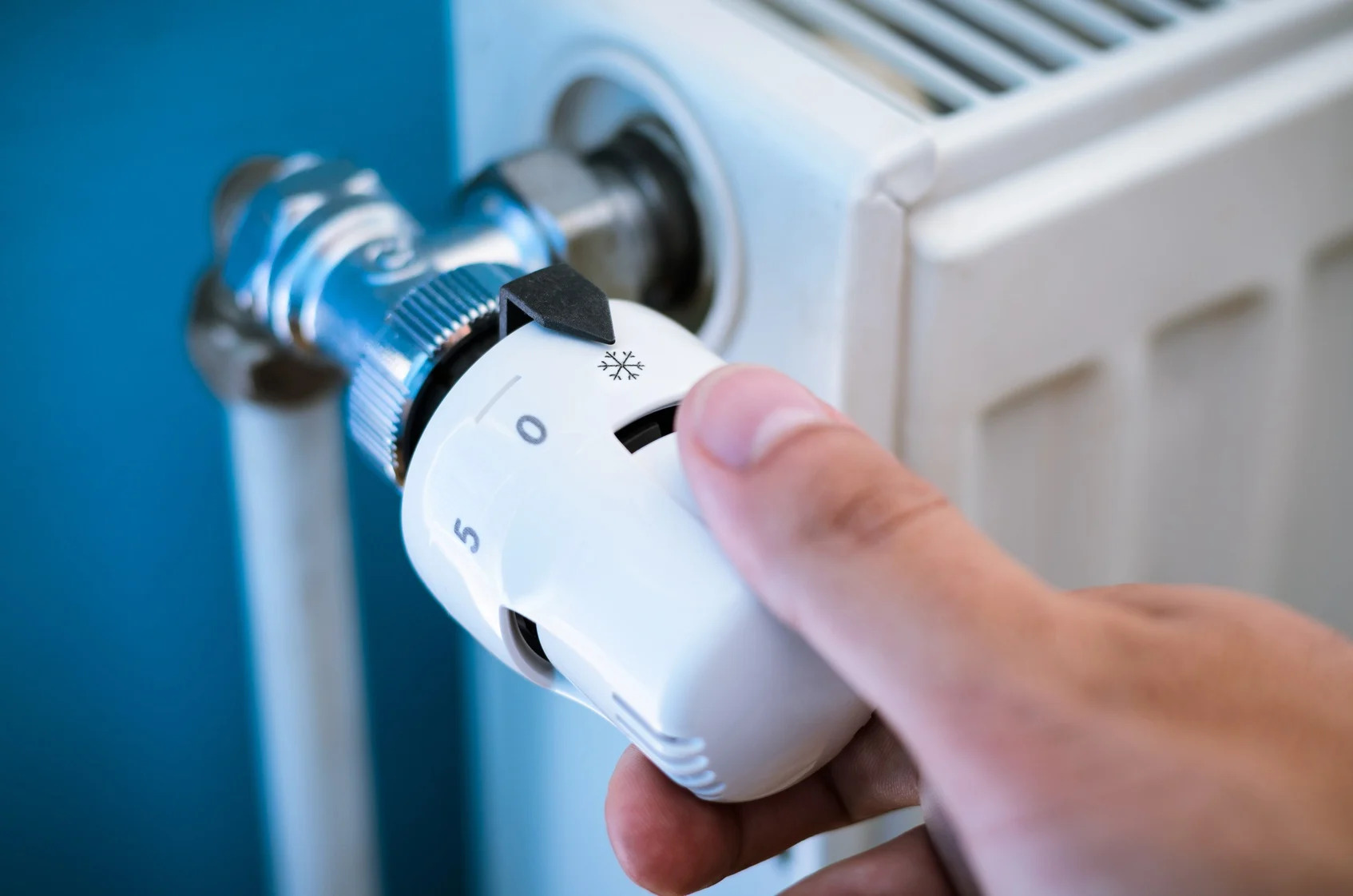
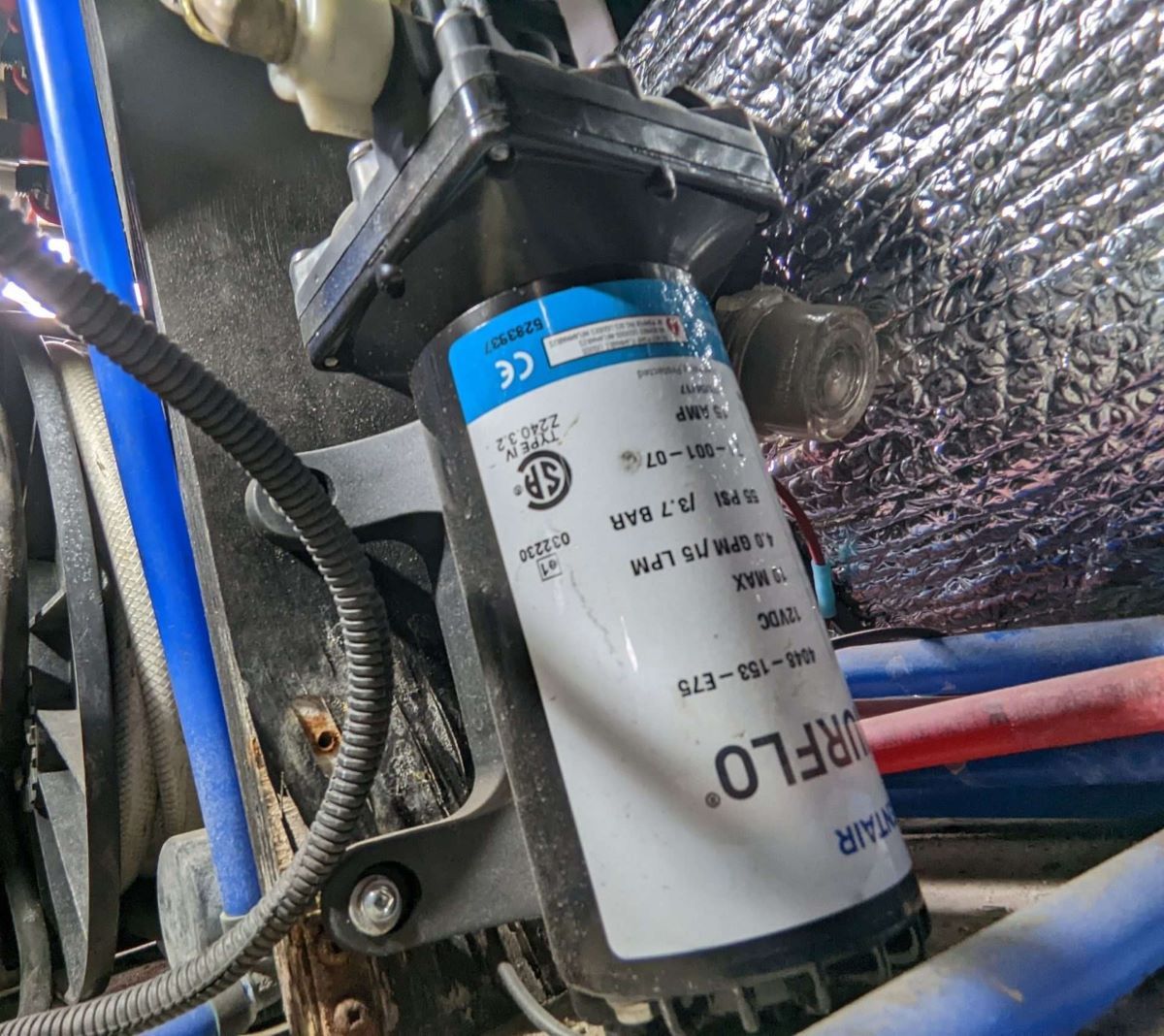
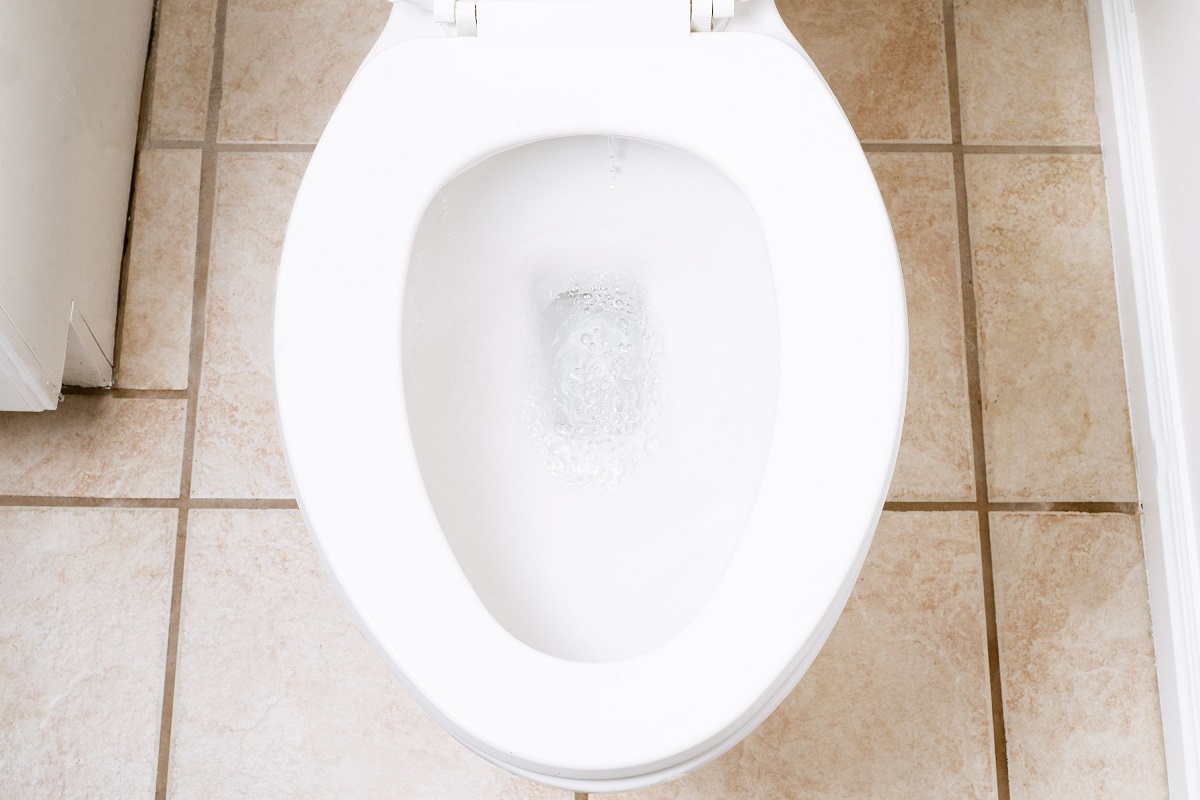
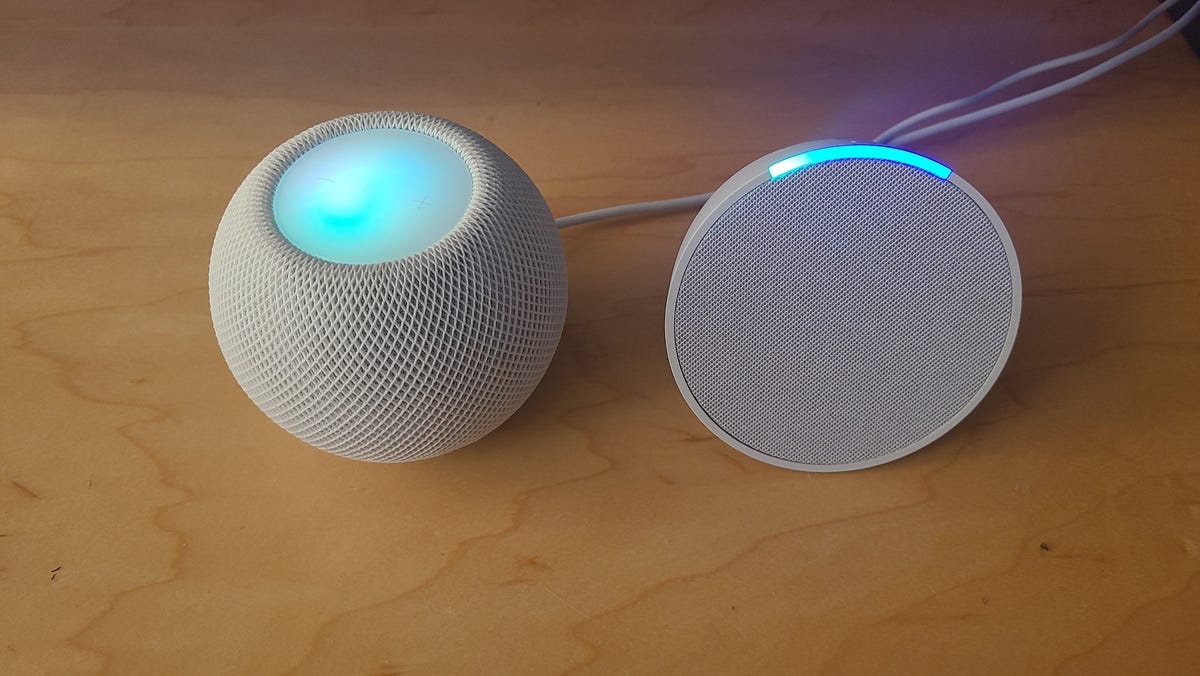
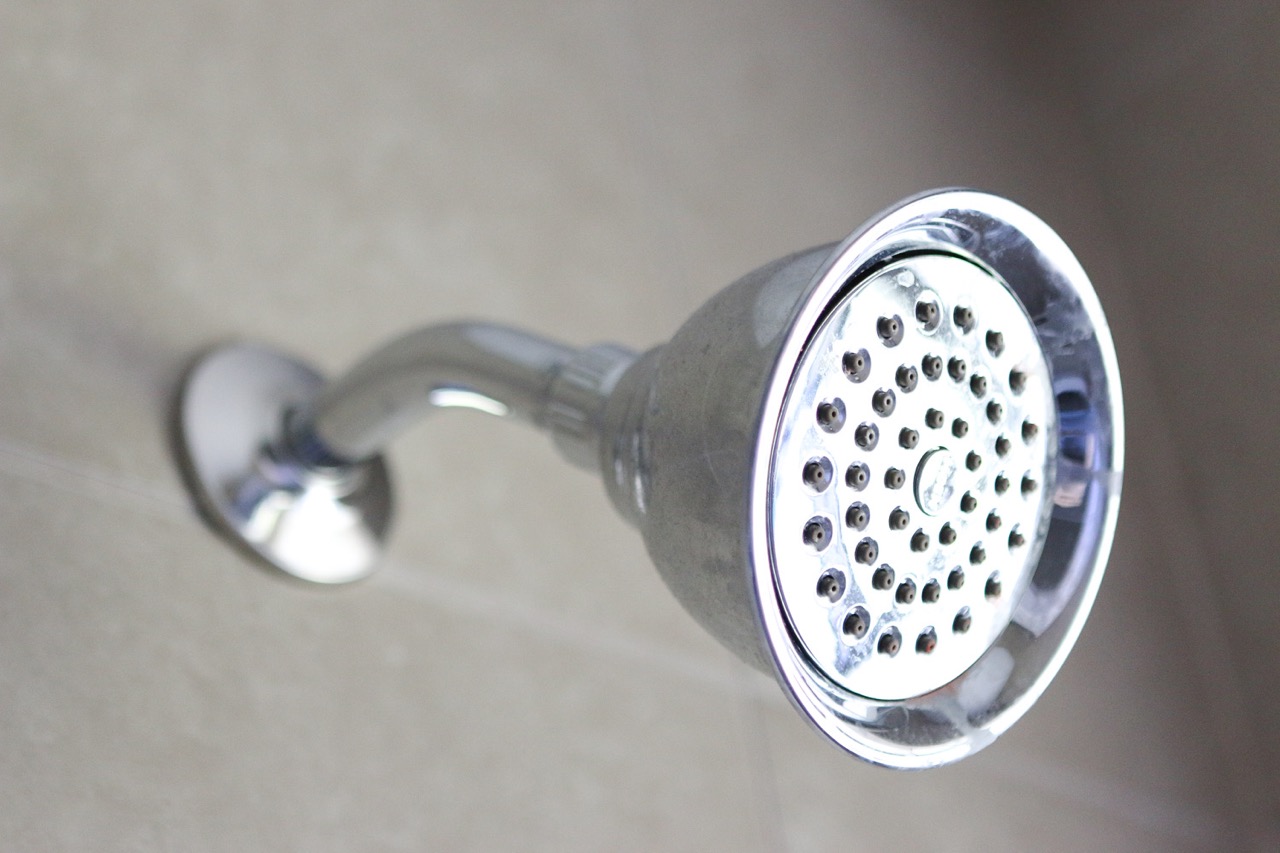

0 thoughts on “What Causes Low Water Pressure In Only One Faucet?”